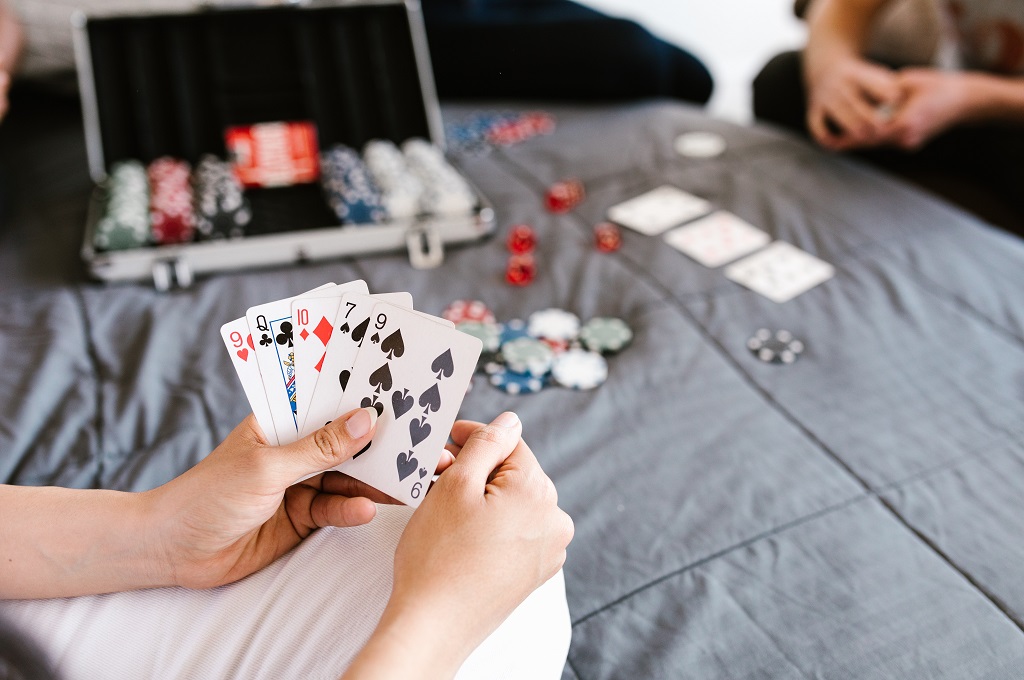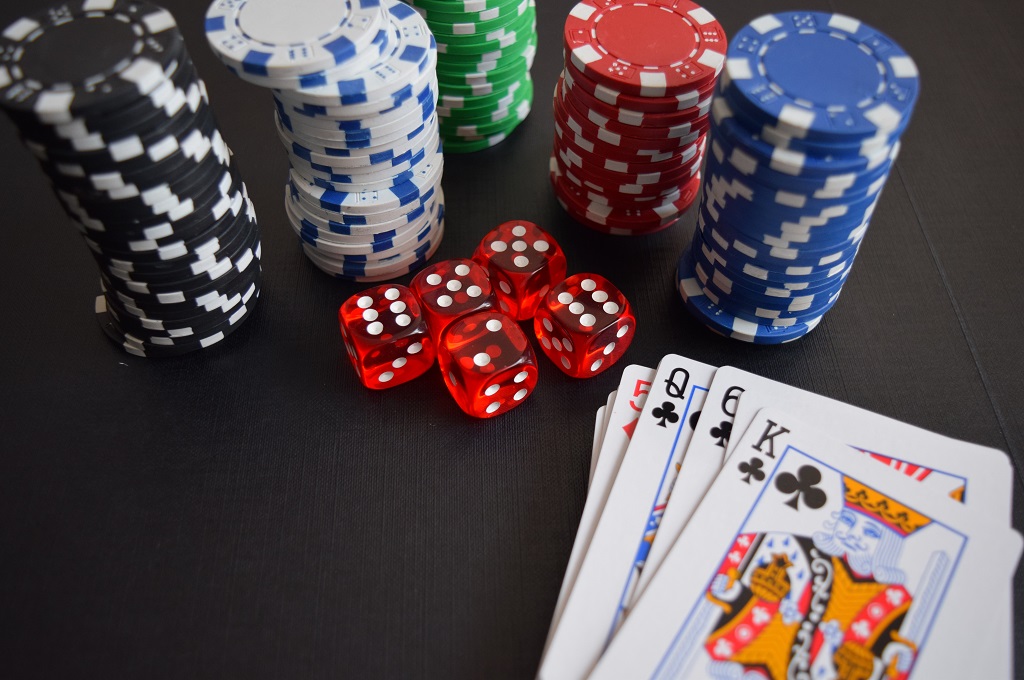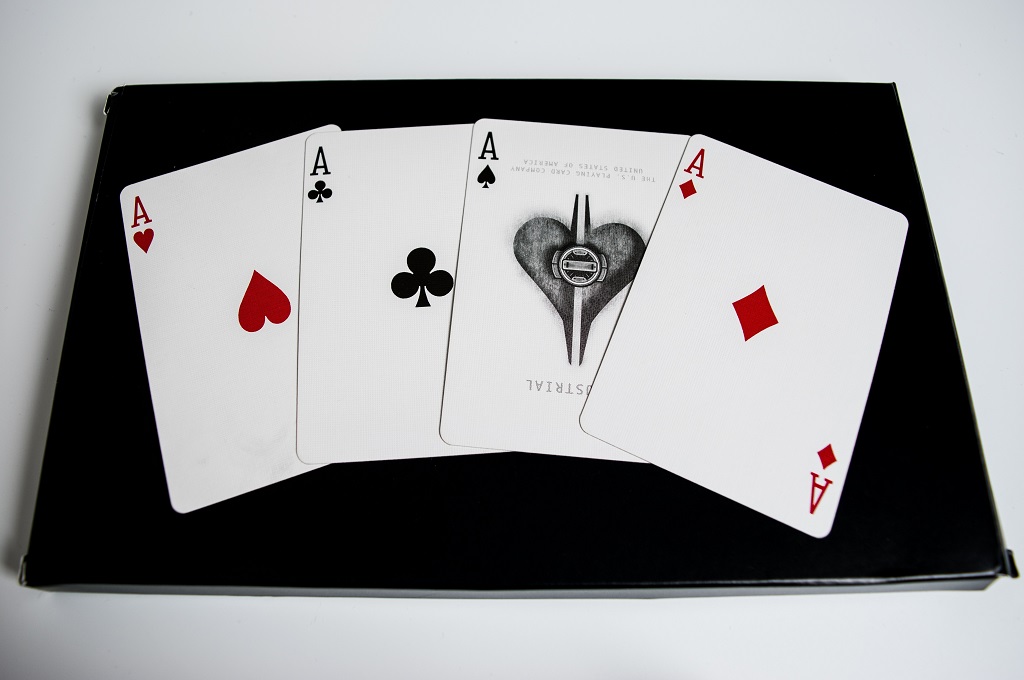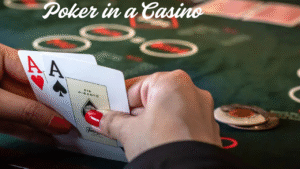
How to Read Poker Players Gestures Want to play poker like a pro? Then you have come to the right place. Today I will explain what poker tells are and what you should do in different situations when you are playing against players.
What is tell in Poker?
A tell in poker is a change in a player’s behavior, mood, or approach—a physical or verbal action that provides clues to the strength of that player’s hand. Finding tells in poker is based on the assumption that people unwittingly reveal their cards through observable behavior. The player gains an advantage by observing and interpreting the gesture of the other participant, especially if it is unconscious and reliable. CasinoOfDreams.com Therefore, reading behavioral tells is only possible at live poker tables, and online poker players need to focus on unintentional patterns or actions.
To be successful at poker tells, you must constantly evaluate accuracy in the context of the current situation. Interestingly, a tell can be useful even if it is less than 50 percent correct. In this scenario, if there was $400 in the pot and you paid $100 to call, you would win $400. In addition, the only hand you can beat is a bluff. If this happened five times and you called each time, you would only need your opponent to bluff once to break even. In other words, you will need to win 20% of the time.
If you’re convinced that your tell is 40% likely to indicate a bluff, it’s in your best interest to call. Pay attention to the following fact: the player never bluffs, but it seems that he is bluffing at the moment. Namely, when you recognize a tell, the chances that he is bluffing are much higher than when you do not.

If you want to learn how to read people in poker, you need to follow a few rules:
Don’t look at your cards; watch your opponent.
Don’t look at the flop, turn or river in Hold’em; watch the enemy!
When the next stud card comes up, WATCH YOUR OPPONENT!
Tells from uninformed players
In this part, I will talk about frequent tells from unsuspecting players.
Appearance
Even though the vast majority of tells happen during the game, we can get valuable information about our opponent’s strategy even if he is not in the poker hand. You need to pay attention to certain aspects of each player’s game in order to understand their poker strategy.
Well-dressed people, in particular, are more likely to play it safe. On the other hand, a guy in a tattered suit with a loose tie is most likely in gambling mode and playing looser. Of course, those who wear religious and good luck charms or have superstitious habits tend to be more CasinoOfDreams luck conscious and more liberal in their betting than regular gamblers. Generally, women are less likely to bluff.
To maximize your profit while you are playing against an unknown opponent, assume that he or she will play like a stereotype until you discover otherwise. Players tend to remember denominations (such as ace, deuce, and king) better than suits.
Chip stacking – Read Poker Players Gestures
Stacking chips is rarely used as a gimmick. A neatly organized stack suggests that the player is likely to play cautiously and almost never bluff, so look for more chips on his big stacks because that’s his profit. You can bluff by betting slightly more than his profit. Players are reluctant to call when winning, but a bad call can cost them money. Once they’ve entered the hand, don’t play medium strength hands; try bluffing them and calling less when they bet. Uneven stacks indicate reckless play. This player’s approach is overly liberal, but he can profit from strong hands when playing aggressively. Call more often and bluff less.
hand demonstration
Sometimes a player shows his hand to Read Poker Players Gestures another player who has folded, or to a friend who has come to the table. The hands of two players can tell a lot about the opponent’s hand. If the observer appears in the middle of the hand, he must observe. He will use the psychology of the kindergarten and act against the strength of the hand. What players don’t realize, however, is that they tend to follow the trend when the hand opens up from the start.
Typically, players with weak hands do not show their hands for two reasons:
First, he may inadvertently show that he is not playing well.
Second, a spectator can point out his bad hand to his opponents by losing the pot.
If the players show a hand, it’s probably good enough to warrant entry. Strong players can use this tell to bluff. If you suspect this is the case, watch the observer. The best tactic is not to bet or call, at least not without a strong hand.
Looking at chips
Players only peek at their chips when they are contemplating a raise, and almost always because they have improved their hand, which is the most useful signal you can see. You will see this by watching beginners, intermediate players, experienced players and even world class players.
First, make sure the look is not acting. When players focus on their chips, thinking you’re watching, it’s definitely fake. However, the pattern of gazing at the hand, then the stack, then to the side is almost impossible to be acting because they don’t know if you’re watching.
Poker and computer expert Michael Wisenberg gives a correlated tell. Players may look at your chips before betting, which is rarer than checking your own stack. If the look is quick and short, it usually indicates that the player loves his hand and is ready to bet. On the other hand, if your opponent looks at your chips long after he sees his hands, he may be bluffing.
Sandbagging is a quick look at the chips, a quick look away, and then a raise. Even if you’re sure your opponent will bet, you can still use sandbagging as a powerful poker weapon. Conceptually, this is identical to seeing the flop. Your opponent knows very well that the flop helped, so it’s not necessary. Under these circumstances, you won’t catch a bluff, and you shouldn’t be bluffing yourself.

Tells from actors – Read Poker Players Gestures
Before using an actor’s tells, you need to be sure that he is intentionally acting out the action, and not just not hesitating. It’s more likely to be a game if the player has reason to think that you can recognize a certain behavior and will benefit if you get it wrong. Undoubtedly, strong players are less likely to give you tells. Not only do they hide the most common poker tells, world class players often try to cheat by overplaying some of the more obvious poker tells.
Weak means strong
If poker players can convince you that they have a bad hand when they have a great hand, they will win a few extra calls. Strong hands are why players go to great lengths to look weak. No player who actually has a weak hand will ever talk about it. You also don’t expect the bluffer to admit they are bluffing. Precisely because they are strong, they lead like the weak.
RELATED ARTICLE: How to Play Slots – The Complete Guide (2022)
Shrug – Read Poker Players Gestures
By shrugging and then raising, the poker player is hinting that he is not sure about the bet and that his hand could be much stronger. Don’t fall for the trick. There is only one reason he would do this – he has an almost certain winning hand. The best strategy is to only call with strong hands; call most of the hands you normally raise with and don’t bluff.
Looking to the side
Those who take their eyes off the action are more dangerous than those who keep their eyes on the players. They don’t want to do anything to discourage a bet, so be prepared to raise. Make sure your hand is strong before putting any extra money into this pot. If you are the first to raise, you may want to discard your bet.
Also, a quick sideways glance after seeing the flop is even more telling. Only play great hands and fold those you think might be slightly profitable. If you have a strong hand, let your opponent bet for you and don’t dare to bluff.



